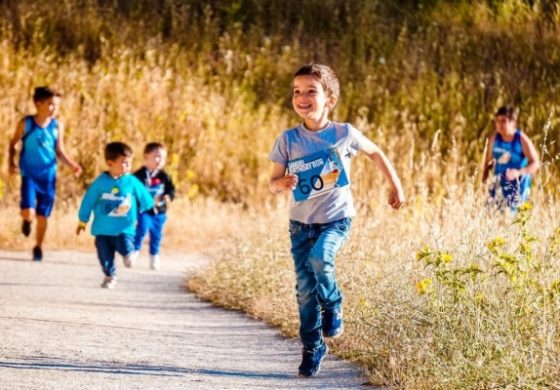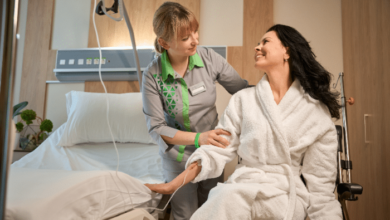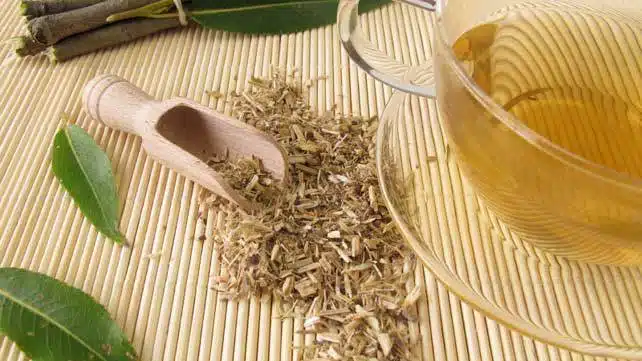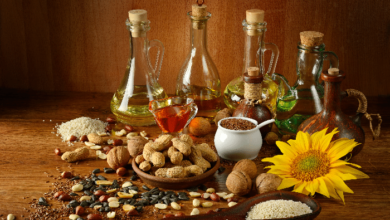The Importance Of Physical Activity In Children
A child’s body is in a state of continuous growth and development. Many children are in constant motion and find it difficult to sit still even for a short time.
Children Need Activity
An adequate level of the child’s motor activity can be ensured through the correct organization of the motor regime in kindergarten, at school, and at home.
In children’s institutions, such routine is ensured by a special daily routine. This also provides time for various activities to develop the motor skills of children.
Unfortunately, children do not always have the opportunity to get enough physical activity. This does not allow them to fully satisfy their physiological needs for movement.
Physicians, teachers, and other specialists should work hand in hand in matters of children’s health improvement. Parents, likewise, play a huge role in this process. The health of a growing person is not only a social concern but also a moral one.
What is Physical Activity, What is its Role in the Prevention of Human Diseases?
Physical activity is any movement of the body using muscle strength, accompanied by the expenditure of energy. In this case, there is a pronounced burning of calories obtained due to the human consumption of food.
Physical activity in a person is an essential function of the body to maintain the efficiency and proper functioning of all its organs. It makes a person not only physically more attractive but also healthy.
Physical activity during leisure hours is more important from the standpoint of disease prevention and health promotion. So, increasing physical activity has a positive effect on health.
A Sedentary Lifestyle
Currently, a sedentary lifestyle of children and adolescents is prevalent in modern society. Low physical activity is a risk factor for developing most chronic diseases, such as arterial hypertension, obesity, metabolic disorders, diseases of the musculoskeletal system, etc.
Today it has been proven that regular physical activity is an integral part of a healthy lifestyle. Many diseases (cardiovascular, metabolic, musculoskeletal system, etc.) can also be attributed not to conditions of age, but to disorders from lack of regular motor activity.
How Long and How Often?
There must be sufficient physical activity in kids and adolescents at least 3-5 times weekly for optimal functioning of the cardiovascular and pulmonary systems. For instance in kids, training can be walking in the fresh air accompanied by jogging, jumping, ball games, ice skating, bicycles, skateboards, etc.
How Does it Affect your Child?
With physical activity, the need for oxygen increases as oxygen is supplied to vital organs. The result of such activity includes;
- Improvement of the respiration and the state of the cardiovascular system.
- Strengthening of bone tissue.
- Flexible joint mobility and an increase in muscle strength.
- Endurance, stimulation of intestinal motility.
- Lowering blood glucose.
- Increasing insulin sensitivity.
- Reducing the risk of developing diabetes mellitus.
- Prevention of obesity and also weight reduction.
The heart begins to work more efficiently (it pumps more blood with each beat, the pulse becomes slower). Consequently, the risk of developing diseases of the cardiovascular system decreases.
Psychological Benefits
After an excellent active walk, as endorphins are produced, the child develops a good state of health and mood, increases resistance to stress, depression, and normalizes sleep. Physical activity also has psychological benefits and helps to better manage anxiety and depression.
Participation in physical activities contributes to the social development of young people, consequently providing them with opportunities for self-expression and gaining self-confidence. Physically active children and adolescents are also more willing to adopt healthy forms of behavior (avoid the use of tobacco, alcohol, and drugs), demonstrate higher academic performance.
Cybernetic Age
The spread of technology and the introduction of telecommunications into our lives greatly reduces the physical activity of a person. For young people, communication becomes virtual, through a computer, smartphones, iPhones, tablets.
In our cybernetic age, a sedentary lifestyle is becoming the number one problem. So, if you want to live long, be healthy and happy, fight it! Any physical work is physical activity: walking, working in the garden, around the house, or climbing the stairs.
Also, nowadays, children have unhealthy feeding habits, experience stress associated with school, and poor ecology. Therefore, physical activity for children is significant and necessary in childhood.
To do this, you need to develop some rules in the child that he will follow throughout his life:
- Go for a walk regularly.
- Run with him for a couple of kilometers.
- Do your exercises in the morning.
- Enroll in active sports, for instance, dancing and soccer.
- Teach him to ride a bike. There are great kids bikes that your child will adore.
Make exercise a good habit to help your children stay healthy throughout their lives. Above all, ensure your child maintains patterns of physical activity and healthy lifestyles into adulthood.
Physical activity in children from an early age contributes to the development of a beautiful, strong, healthy body of a future adult. Here’re ten things to remember in relation to your child’s development.








